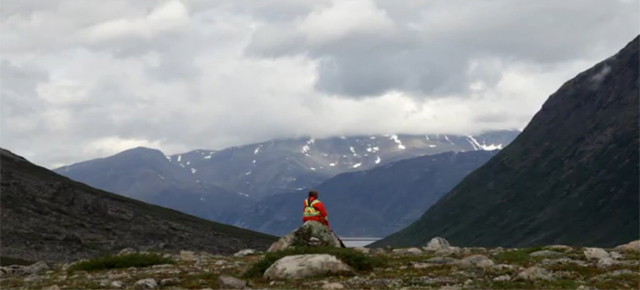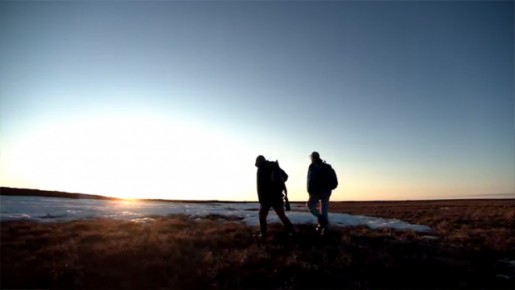
Science at the Top of the World
Science at the Top of the World
This is a guest post by David Finkelstein. David is an OCT-certified teacher who is thrilled to be continuing his collaboration with the NFB. David focuses on hands-on and inquiry-based learning, and hopes to one day find himself knee-deep in the lakes and rivers of the Canadian North.
Earth Sciences
With all of the social and technological advancess humanity has made, it can be easy to forget that we started to explore the surface of our planet only in the last few centuries. Furthermore, our study of the depths of space and our oceans goes back just a few decades.
Earth science, by definition, is the branch of science dealing with the physical makeup of the earth and its atmosphere. While many scientists tend to focus on one particular aspect of earth science, such as geology or oceanography, it is the interrelation between different fields that can have the most significance.
Earth science research is often difficult and laborious, because changes are taking place very slowly and are hard to accurately report or analyze. However, the future health of the planet and its inhabitants relies on precisely this type of research.
Where do we go from here?
“Sir, how is any of this important once I leave school?” I’ve often found that one of the most challenging aspects of teaching is ensuring that the curriculum has connections to the outside world. Will learning about the makeup of a molecule, iambic pentameter or quadratic coefficients really make a difference? Science at the Top of the World, available as part of the NFB’s Education collection, allows students to see how a combination of education and experience can lead to rewarding, and even groundbreaking, careers in earth sciences (pun definitely intended).
The documentary profiles the ecosystems of the Canadian Arctic and the people who study, monitor, and live in them. Parks Canada, the Canadian Space Agency and the Canadian Centre for Remote Sensing have partnered together to get a clear picture of the changes taking place in our northern regions. Through the latest satellite technology and scientific field work, and with the help of traditional Inuit knowledge, the Canadian North is being studied in completely new ways.
For ease of use in the classroom, the NFB has divided the movie into 20 short clips. Each one focuses on a different aspect of the research, from the serious to the playful, and gives students options to embark on more specialized exploration. In one clip, scientists discuss how the study of ecotypes can help predict changes in grizzly bear feeding habits. In another, insect diversity is used as a model or template for the overall health of ecosystems. From permafrost to water sampling, exercise to weather stations, a wide range of opportunities in park research is evident.






In order knowledge to be unite, theory with practice, we must not separate it into independent parts. Naturally, we realize that the hole scientific world is based on practise. It is obvious that such information as iambic pentameter can be only once in our life and probably at school, but who knows to what new theory will lead us this fact, may be one day we would lack of this concrete moment.